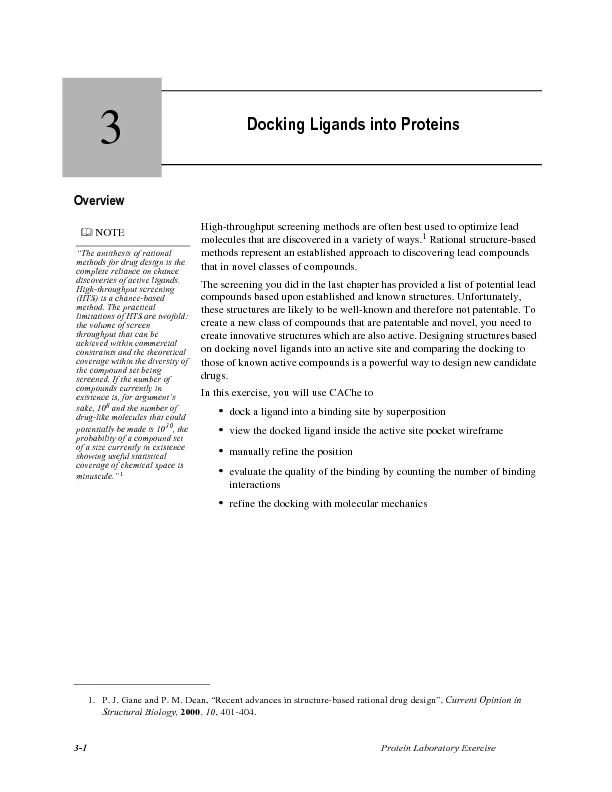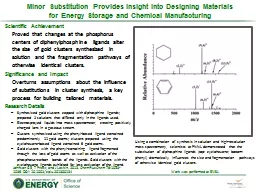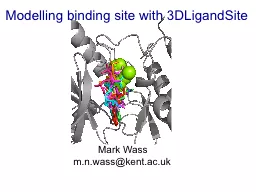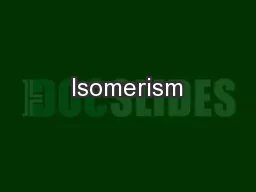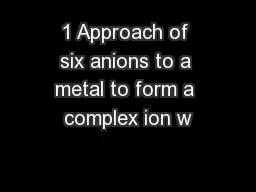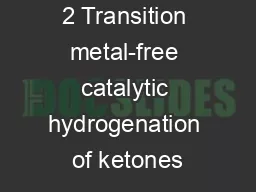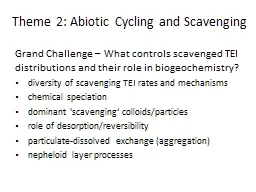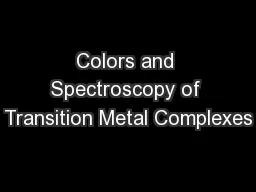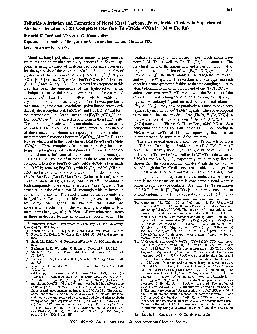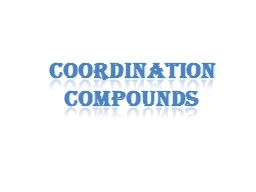PDF-3-1Protein Laboratory ExerciseDocking Ligands into Proteins
Author : alida-meadow | Published Date : 2016-03-16
3 Highthroughput screening methods are often best used to optimize lead molecules that are discovered in a variety of ways1 Rational structurebased methods represent
Presentation Embed Code
Download Presentation
Download Presentation The PPT/PDF document "3-1Protein Laboratory ExerciseDocking Li..." is the property of its rightful owner. Permission is granted to download and print the materials on this website for personal, non-commercial use only, and to display it on your personal computer provided you do not modify the materials and that you retain all copyright notices contained in the materials. By downloading content from our website, you accept the terms of this agreement.
3-1Protein Laboratory ExerciseDocking Ligands into Proteins: Transcript
Download Rules Of Document
"3-1Protein Laboratory ExerciseDocking Ligands into Proteins"The content belongs to its owner. You may download and print it for personal use, without modification, and keep all copyright notices. By downloading, you agree to these terms.
Related Documents

